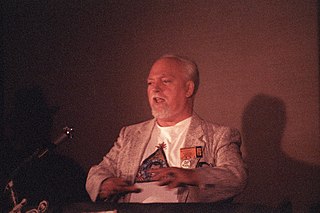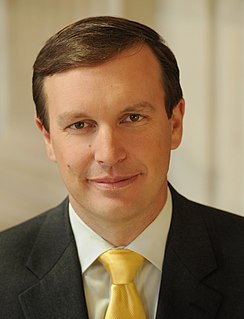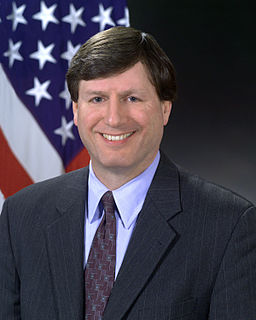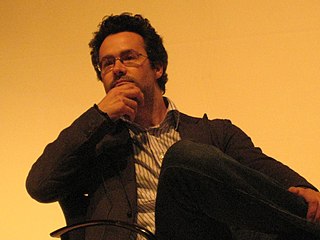A Quote by James D. Watson
No good model ever accounted for all the facts, since some data was bound to be misleading if not plain wrong.
Related Quotes
Belief Systems contradict both science and ordinary "common sense." B.S. contradicts science, because it claims certitude and science can never achieve certitude: it can only say, "This model"- or theory, or interpretation of the data- "fits more of the facts known at this date than any rival model." We can never know if the model will fit the facts that might come to light in the next millennium or even in the next week.
I think it's my job or the artist's job, to try and find some solution or some reason to accept things. But given the grimmest reality, I feel the grimmest facts are the real facts, the true facts: that you're born, you die, you suffer, it's to no purpose, and you're gone forever, ever, ever, and that's it.
We must start with scientific fundamentals, and that means with the data of experiments and not with assumed axioms predicated only upon the misleading nature of that which only superficially seems to be obvious. It is the consensus of great scientists that science is the attempt to set in order the facts of experience.
One of the myths about the Internet of Things is that companies have all the data they need, but their real challenge is making sense of it. In reality, the cost of collecting some kinds of data remains too high, the quality of the data isn't always good enough, and it remains difficult to integrate multiple data sources.
PowerPoint presentations, the cesspool of data visualization that Microsoft has visited upon the earth. PowerPoint, indeed, is a cautionary tale in our emerging data literacy. It shows that tools matter: Good ones help us think well and bad ones do the opposite. Ever since it was first released in 1990, PowerPoint has become an omnipresent tool for showing charts and info during corporate presentations.





































